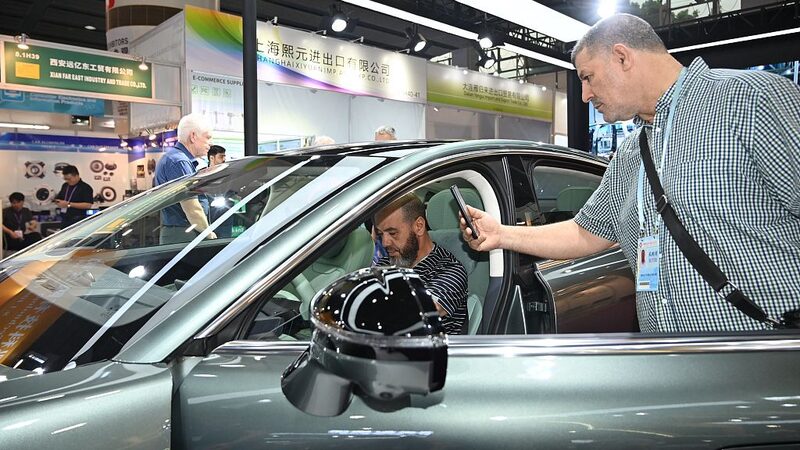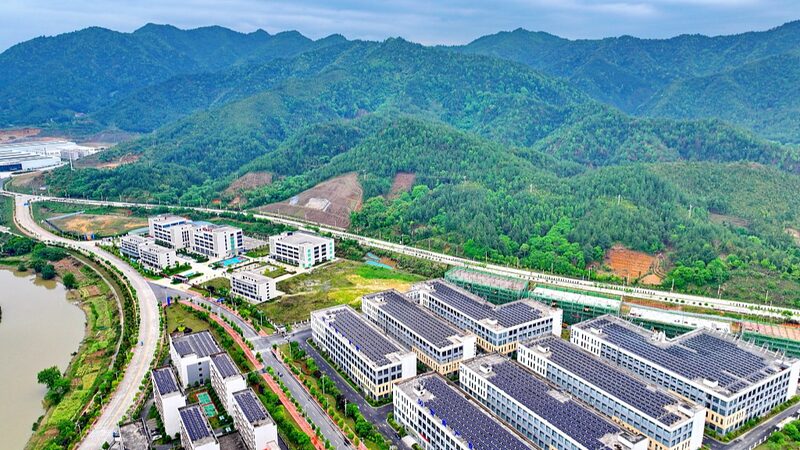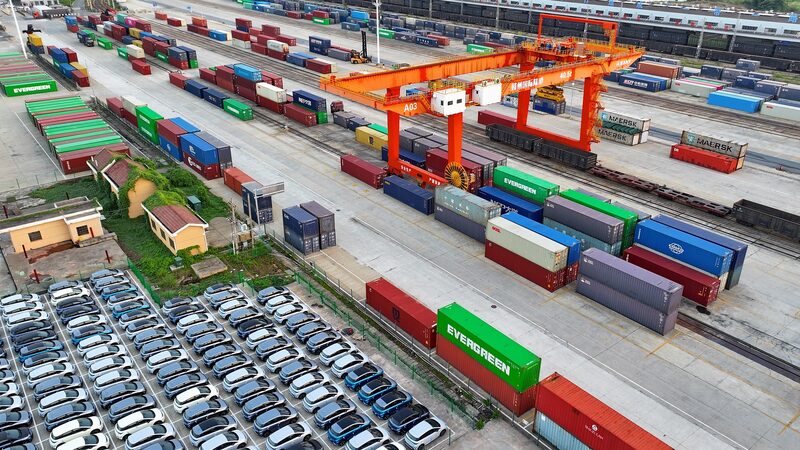China’s New Energy Sector Defies ‘Overcapacity’ Claims Amid Soaring Global Demand
China’s rapid growth in new energy industries such as electric vehicles (EVs), solar products, and lithium batteries has drawn global attention. Far from facing “overcapacity,” China’s burgeoning sector is meeting both domestic and international demands, playing a pivotal role in addressing climate change and promoting a global green transition.
Debunking the ‘Overcapacity’ Myth
Recent narratives from the U.S. and Europe have suggested that China is flooding overseas markets with cheap new energy products, leading to “overcapacity.” However, experts argue that this misconception contradicts economic principles and the realities of a globalized market.
“In a market economy, supply and demand balance is relative, and a moderate surplus can stimulate competition and innovation,” said Jin Xiandong, an official with the National Development and Reform Commission, during a recent press conference. He emphasized that higher export volumes do not equate to overcapacity.
Nicholas Lardy, a senior fellow at the Peterson Institute for International Economics, echoed this sentiment. “Defining ‘overcapacity’ as any production exceeding domestic demand is illogical,” he remarked. “If this were the case, no country would engage in international trade.”
Global Demand Outpaces Supply
The global demand for new energy products is accelerating at an unprecedented rate. According to the International Energy Agency’s Global EV Outlook 2023, the demand for new energy vehicles is projected to reach 45 million units by 2030—more than triple the expected sales in 2023.
“The current production capacity is far from meeting market demand, especially in developing countries,” noted Liao Min, China’s Vice Minister of Finance. This sentiment is supported by the International Renewable Energy Agency, which estimates that global renewable power capacity must grow by around 1,000 gigawatts annually through 2030 to align with the Paris Agreement targets.
Innovation Drives Competitiveness
China’s leadership in the new energy sector stems from technological innovation, comprehensive supply chains, and infrastructure development—not from dumping or excessive subsidies. A Bloomberg report highlighted that Chinese EVs command higher prices in Europe than domestically, indicating competitiveness based on quality rather than low costs.
“Chinese companies are not flooding global markets with cheap products,” stated Lin Jian, a spokesperson for China’s Foreign Ministry. “Our advantages come from strong performance and technological innovation.”
Contrastingly, some Western countries have introduced substantial subsidies for their clean energy industries. The United States, for instance, offers $369 billion in tax incentives and subsidies through the Inflation Reduction Act.
Contributing to the Global Green Transition
China’s advancements in the new energy sector are instrumental in facilitating a global shift toward sustainable practices. “Our development not only serves China’s high-quality growth but also contributes significantly to global efforts in combating climate change,” said Jin Xiandong.
The International Energy Agency acknowledged China’s role, stating that investments in clean energy supply chains have reduced costs worldwide for key technologies, benefiting global clean energy transitions.
A Collaborative Future
As the world intensifies efforts to address climate change, China’s commitment to expanding its new energy sector underscores the importance of international cooperation. By continuing to innovate and meet global demand, China is positioned to play a central role in the global green transition, offering opportunities for collaboration and shared progress.
Reference(s):
China's new energy sector far from 'overcapacity,' facing huge demand
cgtn.com








